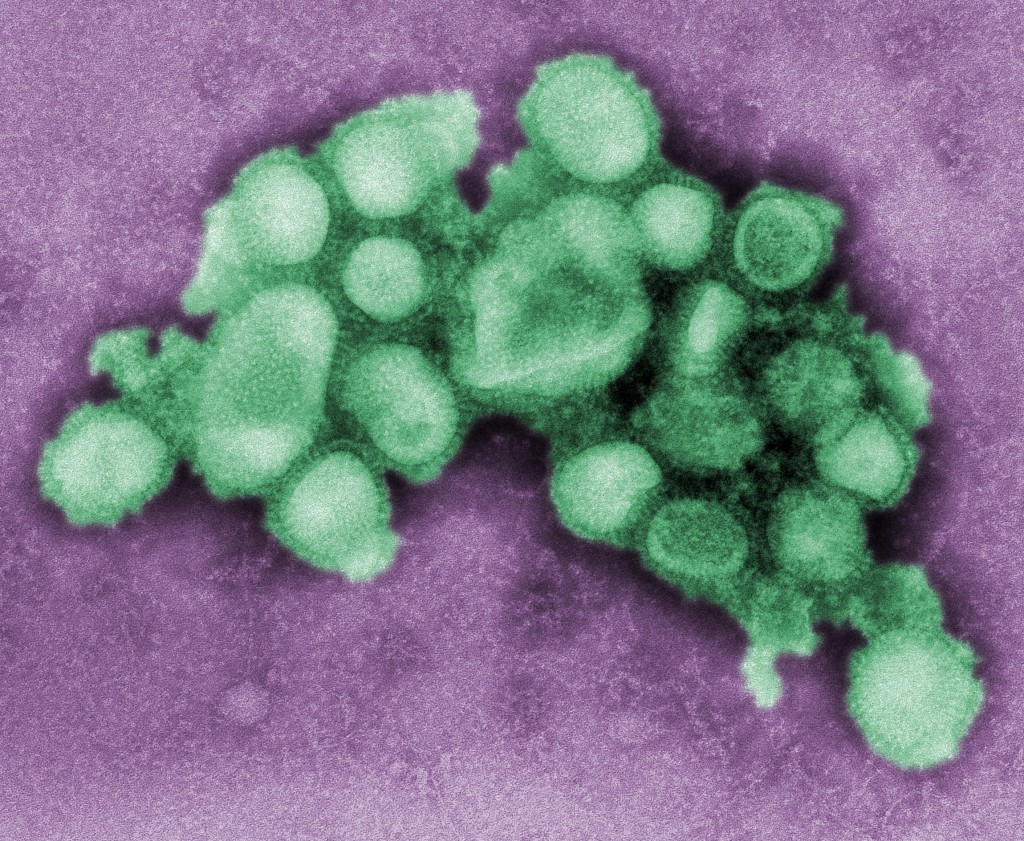
H1N1 virus (Image via Wikimedia Commons)
Using a new strategy, researchers believe they are able to better anticipate seasonal flu strains, allowing for the development of more effective vaccines. Using techniques commonly employed in virology, the research team was able to assemble the 2014 flu virus strain before the onset of the epidemic.
By assembling libraries of the human-affecting H1N1 and H3N2 viruses containing natural, random mutations, and mixing them with antibodies, the researchers were able to determine which viruses had accumulated enough mutations to evade the antibodies. As the researchers knew the sources of the viruses, they were able to map the mutations, and effectively predict the molecular characteristics of the next seasonal influenza virus.
Authors:
Chengjun Li, Masato Hatta, David F. Burke, Jihui Ping, Ying Zhang, Makoto Ozawa, Andrew S. Taft, Subash C. Das, Anthony P. Hanson, Jiasheng Song, Masaki Imai, Peter R. Wilker, Tokiko Watanabe, Shinji Watanabe, Mutsumi Ito, Kiyoko Iwatsuki-Horimoto, Colin A. Russell, Sarah L. James, Eugene Skepner, Eileen A. Maher, Gabriele Neumann, Alexander I. Klimov, Anne Kelso, John McCauley, Dayan Wang, Yuelong Shu, Takato Odagiri, Masato Tashiro, Xiyan Xu, David E. Wentworth, Jacqueline M. Katz, Nancy J. Cox, Derek J. Smith & Yoshihiro Kawaoka
Corresponding authors:
Yoshihiro Kawaoka, Department of Pathobiological Sciences, Influenza Research Institute, School of Veterinary Medicine, University of Wisconsin-Madison, Madison, Wisconsin 53711, USA; and Derek J. Smith, Department of Zoology, University of Cambridge, Downing Street, Cambridge CB2 3EJ, UK
Original paper, published on May 23, 2016 in Nature Microbiology
Associated news release from the University of Wisconsin-Madison.


